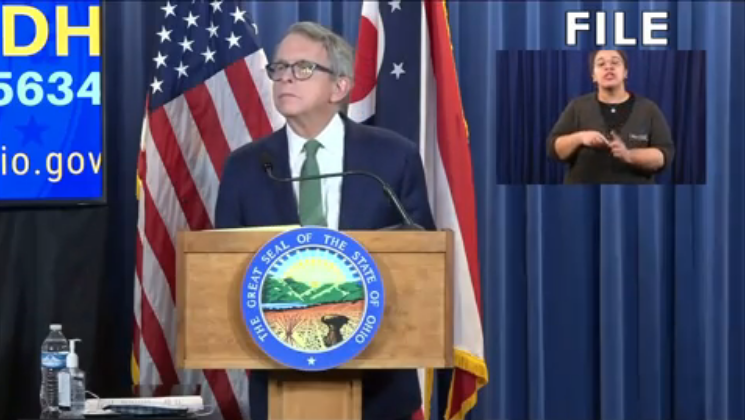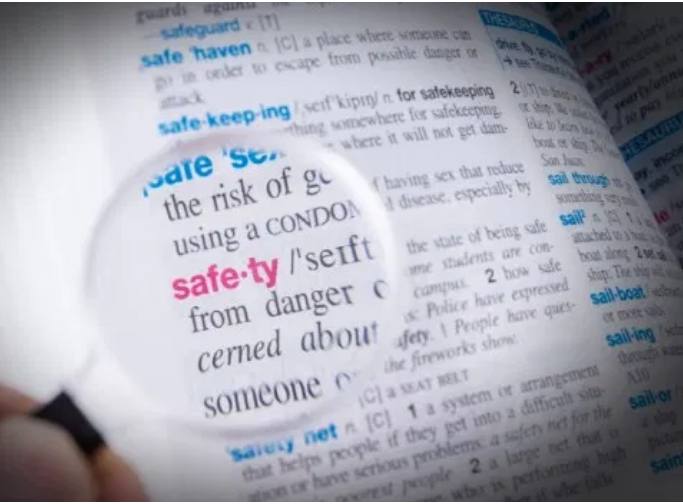Written by: Greg Ellifritz
I’ve been posting Covid-19 weekly updates for the past three months. The very first update had 7,304 page views. Last week’s update had 2, 217 pageviews. People are getting sick of reading about the pandemic. This will be my last weekly coronavirus update.
Since I don’t have TV in my house, I spend a lot more time reading than the average American. I have more than 400 websites programmed into my RSS reader. On the average day I scan about 1200 articles in my feed. I deeply read more than 100. You can guess that my feed in recent weeks has been almost completely full of Covid-19 articles. I’ve been reading an insane quantity of material with regards to the virus and its likely future consequences.
There are lots of good coronavirus articles out there on the internet. With that said, I don’t want to share the articles that everyone else is sharing, doom and gloom porn, or wild speculations. Instead, I will share the truly unique and valuable pieces I find while scanning the internet.
Check out the links below to learn something new. These are the most informative pandemic resources I have seen in the past few days.
I See You but I Don’t: How Masks Alter Human Connection

I’ve commented about how wearing masks and respirators have decreased my ability to communicate with people in my police job. Drunk people simply don’t have the attention span to listen to the garbled words of a person talking to them through a mask. It’s a huge problem.
Why Are Masks Triggering Conflict and Rage?

Another important article about mask wearing.
Governor DeWine Suppresses Data Disproving COVID-19 Policies

This is a long article that goes into depth about the deception Ohio’s elected and appointed officials have perpetrated.
“Daily death totals
During each presser, Amy Acton will review the Ohio COVID-19 dashboard. You may note that Acton reports deaths as “deaths reported in the last 24 hours.”
Deaths reported in the last 24 hours are different than the actual number of deaths in the last 24 hours. The number reported is almost always inaccurate and inflated because it includes deaths over several days, perhaps as far back as January.
The practice of using “reported” data causes the public to perceive more cases and more deaths than are occurring in the present. The
practice is confusing the press, the public and at times even the Governor and Dr. Acton seem confused.
On May 23, the Ohio Department of Health indicated there were 84 reported deaths over the past 24 hours. However, the real number
of deaths totaled seven (7), a difference of 77.
This 77 death inaccuracy was found only after reviewing the CSV file available for download on the state dashboard site. The CSV file lists the accurate daily number of deaths—and can be found after much digging.
Suppressing the daily death totals is dangerous. Inflated and inaccurate data gets picked up and reported by unsuspecting news outlets. That,
in fact, happened on May 23 when an Ohio media outlet reported the 84 deaths under the headline: Deaths more than double the previous 24-hour period.
Misrepresenting the death total is not a new practice. During a press conference on April 14 Governor DeWine repeatedly claimed 50 people died over the previous 24 hours. The actual number of reported deaths was five (5). When confronted with the disparity, DeWine deferred to Amy Acton who said, “I think it might be a reporting lag.” “
TSA Is Changing How Airport Screening Works Next Month Due To COVID-19

How TSA plans to change its screening process in response to the coronavirus pandemic.
Brainwashing and the New Vocabulary: 12 Words and Phrases I Never Want to Hear Again

A look at the bizarre language being used during the pandemic
Testing Problems

“There is an understanding that a negative PCR test does not necessarily equate to not having covid-19. Kucirka et al. study the false negative rate in relation to time of exposure and time of symptom onset using data from 1330 individuals across 7 previously published studies. After exposure but before symptom onset the false negative rate is unacceptably high – 100% on day 1 and 67% on day 4. In other words, a negative test done too early after exposure gives you no information. The probability of a false-negative result on the day of symptom onset (day 5 after exposure) was 38% (confidence interval 18% to 65% – wide!). Three days after symptom onset (day 8 after exposure) the false-negative rate was still pretty high at 20% (confidence interval of 12% to 30% – still pretty wide!). This has very serious implications for controlling spread. Hospitals have been using negative PCR to allow workers to return to work. And infective precautions have been removed from patients who test negative. Frankly, this seems irresponsible and yet it’s the guidance.”
Travel restrictions, Flight operations and Screening

For those of you itching to begin traveling again, here is a list of current international travel restrictions due to the Pandemic. You may also be interested in Travel re-opening and a Country by Country Guide to Travel Restrictions.
A couple of additional comments before you go…
Months ago I started noticing some strange statistics with regards to this site’s page views and advertising revenues. Page views have gone up dramatically (30%) during the pandemic. Despite the big surge in visits, my ad revenue has taken a massive hit. Almost 50% less ad revenue per day despite many more visits.
The trend is continuing. While this week’s number look better than last week’s, my ad revenues are still significantly below what they were a year ago, despite having more visitors. The trend has been generally downward with no signs of recovery since the pandemic was declared.
What’s going on? I started digging a little deeper. I found out that advertisers don’t want their products to be associated with the coronavirus or COVID-19. Many won’t place ads on pages that discuss anything at all about the pandemic. This article explains some of the advertisers’ thought processes.
My content for the last few months has been heavily weighted to providing you all with the best information I can find on the virus. That strategy is killing my ad revenues.
I’m not writing this to complain about the ad money that I am losing. Instead, I want you to understand the consequences of this worldwide issue.
We will see less information coming out about the virus from independent sources in the future. The big news sites aren’t nearly as affected, but many independent bloggers will stop posting content that harms their financial bottom line. I worry that we will lose a prime source of objective information and analysis during a time when we all need that information the most.
I will keep providing good information despite the revenue drop. Please remember to support the people who provide you with the high quality content that you prefer to consume.

